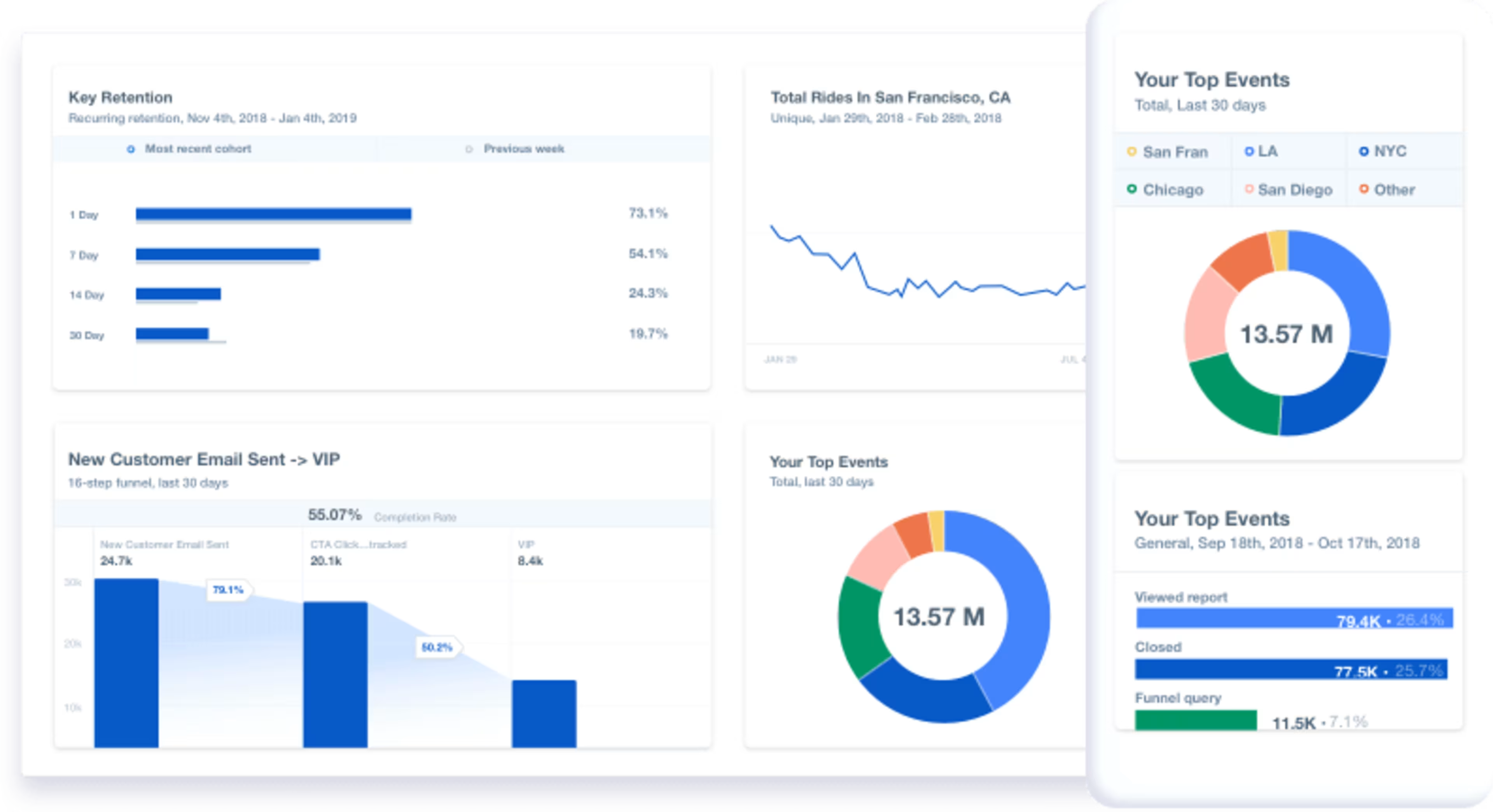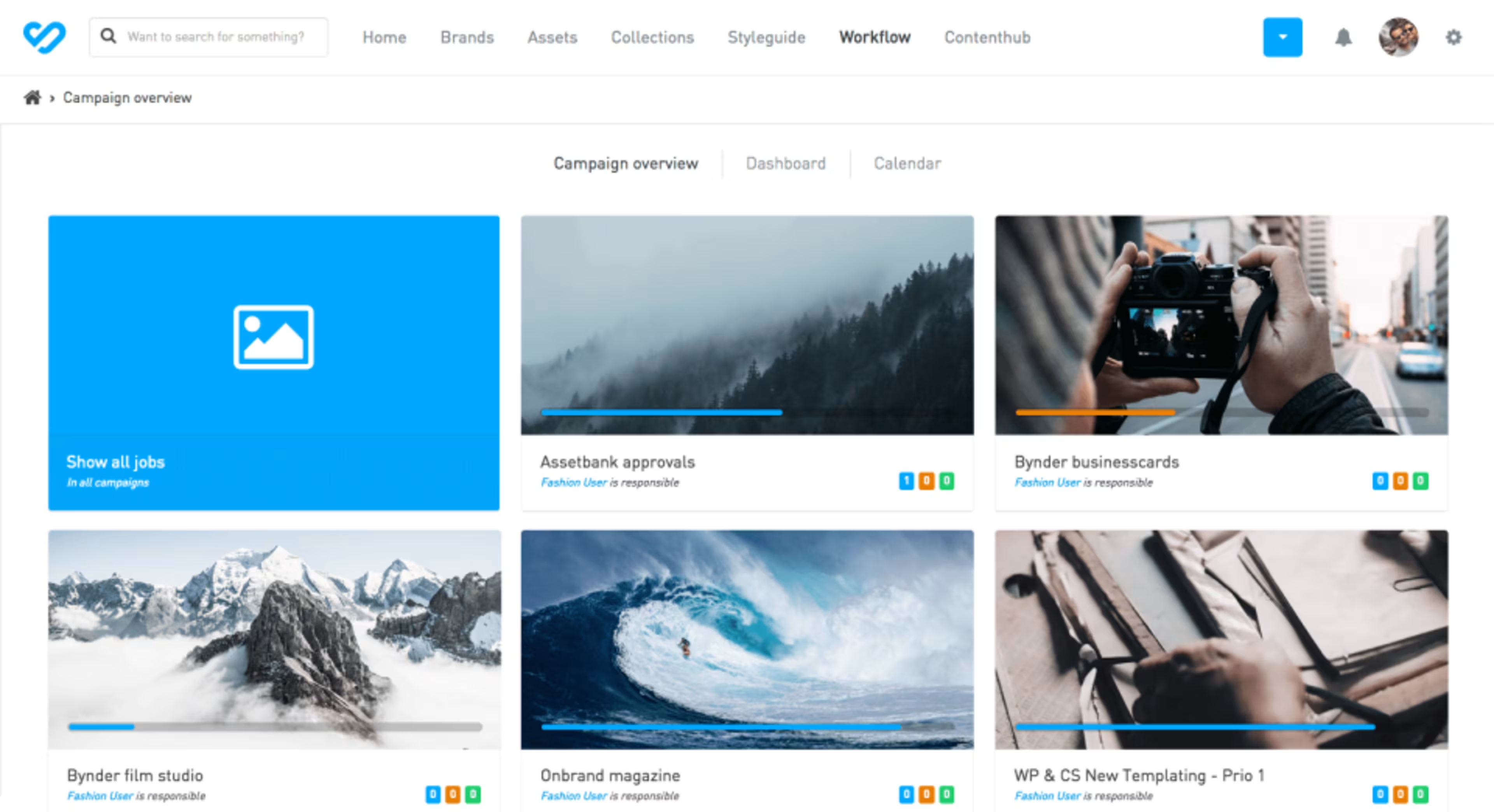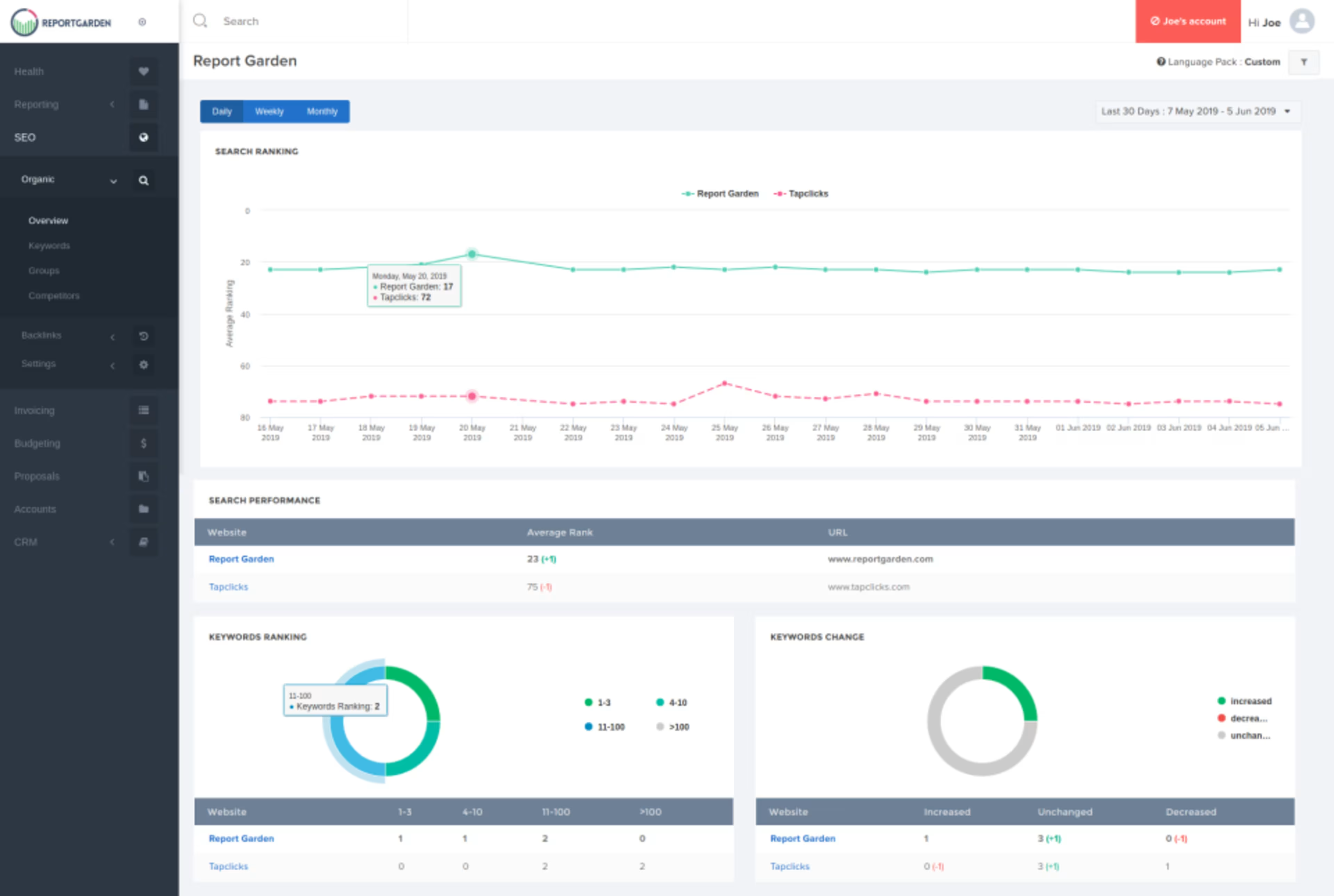The right content optimization tools get your content in front of the most eyeballs. Here are the three you need in your toolkit.

Any marketer worth their salt will tell you that content is king. It doesn't matter what products or services your business provides, a strong, optimized content strategy helps you attract and retain your customers more effectively.
As a marketing strategy, content optimization ensures that your content is written and published in a way that gets it in front of the most people possible. Your content optimization strategy should begin with the content planning process and extend all the way into your promotional campaigns.
3 content optimization tools for your toolkit
Think of your content optimization strategy like a toolkit. Everyone knows there are a few key tools you never want to be without. For content optimization, let's look at three core tools, and pair each with the type of software that can help you use that tool effectively.
1. Customer personas
The first tool in your content optimization toolbox should be specific, carefully planned customer personas. These personas allow your business to effectively target your key markets and understand your most likely buyers.
Customer personas should be built on key customer data gathered by your sales and marketing teams. That data should include customer demographics, but it's crucial that your personas go beyond demographics and into behavioral and transactional data.
Carefully established customer personas empower your marketers to create optimized, targeted content. Think about it this way: The more you know about your customers, the more effectively you can write content with them in mind. Optimized content should always speak to customers where they are, and strive to answer the questions they have about your industry.
The software advantage:
To make the most of your customer personas, check out customer journey mapping software. The right journey mapping tool will allow your marketing team to leverage behavioral analytics, web activity mapping, and user feedback to build a complex understanding of your customer personas so you can ensure you're offering the most relevant, helpful content to your key customer base.

Screenshot of MixPanel's analytics page (Source)
2. Atomic content
Earlier this year, we predicted atomic content would be one of 2019's most important content marketing trends. We weren't the only ones to flag atomic content as a key trend. Gartner defines atomic content as the dynamic assembly of smaller content elements, and notes that "a shift to an atomic content approach allows you to leverage your content and meet the needs of optimized marketing."
Each of these content "atoms" meet specific customer needs and can be mixed and matched to deliver a customized, agile content experience that meets your customers exactly where they are.
Gartner goes on to explain that the goal of atomic content strategies is "to create customized, highly relevant customer experiences. Delivering these experiences requires the integration of customer data, technology and content into a cohesive system" (full report available to Gartner clients).
To leverage atomic content as a content optimization tool, prioritize bite-sized pieces of content, focusing on purpose and message over format. This could look like product- or service-specific content, or could be content exclusively geared toward a recent purchase or visit to a physical store location.
The software advantage:
Does organizing all this atomic content in a usable way feel daunting? There's software for that. Content management software (CMS) helps businesses manage digital content on websites without the need for extensive HTML experience. These software products help establish a categorized repository of content and enable the creation, modification, storage, and deletion of all forms of digital assets (e.g., documents, images, videos).

Screenshot of content in Bynder, organized by campaign (Source)
3. Content auditing
Once a piece of content has been produced and published, it's tempting to congratulate yourself (and your team) and never look back. But without a performance baseline, marketers will continue to struggle to determine the ROI and success of their content marketing efforts.
Auditing your content is an effective optimization tool to get more out of the content you create. Monitoring and measuring key performance metrics elevates rockstar content and makes it easier for your marketing team to craft compelling content in the future. You'll learn exactly what content resonates with your audience, and which ideas need tweaking or redirection.
As outlined in this content audit deep dive, common content audit types include:
Editorial and brand quality: A qualitative look at the editorial quality of assets, as well as an evaluation of how well marketing content adheres to and advances your company's brand.
Search engine optimization (SEO): A comprehensive look at the search performance of all content on your company's website.
Topical or thematic: Examination of the top-line topics or themes your marketing content addresses.
Hybrid: Combines elements of the previous audit types into a modified form (e.g., auditing content for both SEO performance and brand adherence).
Once you've audited your existing content, you can use the information you've gathered to update/make small changes to your existing content, and use your audit findings as a guide to writing more strategic content in the future.
The software advantage:
The most effective way to see quick results on the content you audited? SEO software. Popular software features include content and webpage auditing, backlink tracking, link building management, and keyword ranking.

Screenshot of keyword rankings tracked in ReportGarden (Source)
Optimized content yields better results
With these three tools in your content toolkit, your marketing team is prepared to create compelling, strategic content that reaches the right customers at the right times.
Let us know in the comments below how your marketers optimize content.